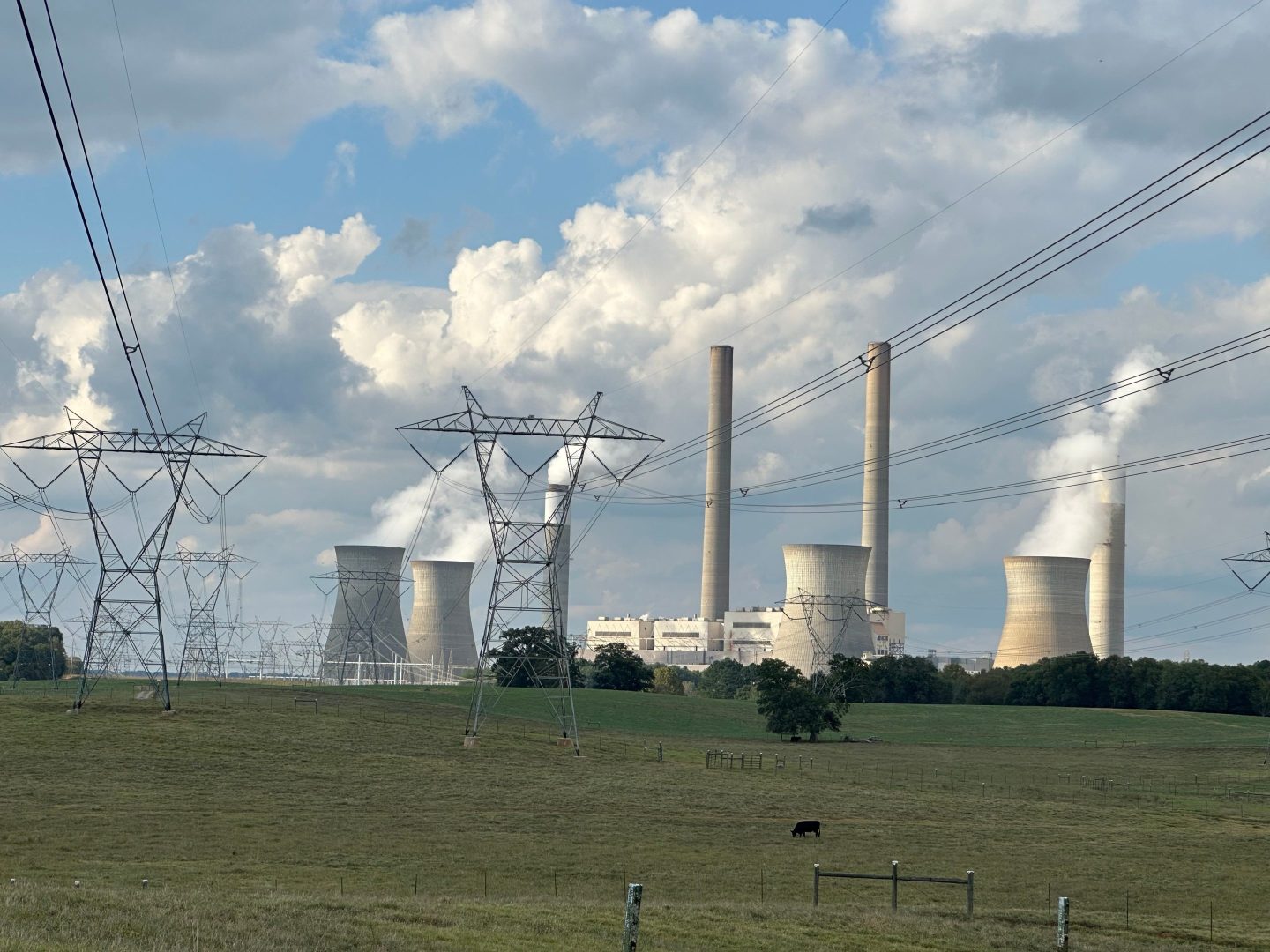When Tufan Erginbilgiç became Rolls-Royce’s CEO last January, he came in with a qualm—that the company was a “burning platform” that was underperforming “every key competitor out there.”
Just over a year on, the aircraft engine maker has seen 227% share price growth and annual profits more than double in 2023.
“This step-change has been achieved across all our divisions, despite a volatile environment with geopolitical uncertainty, supply-chain challenges, and inflationary pressures,” Erginbilgiç said in a statement Thursday.
Rolls-Royce, which operates across defense, aerospace, and power systems, reported an operating profit of £1.6 billion ($2 billion) for the year, up about 144% from 2022’s £652 million ($826 million). The figure was far ahead of consensus estimates and its own guidance from July, and came coupled with a strong 2024 profit outlook.
“We are managing the business differently and our significant performance improvement in the year reflects the hard work and focused actions of all our teams. We are also continuing to invest to drive future sustainable growth,” Erginbilgiç said.
Erginbilgiç, a former executive at oil and gas company BP, joined Rolls-Royce at a time when the company was still reeling from a slump in travel demand—it makes money by the hour when its engines are being used on planes.
Under Erginbilgiç’s leadership, the company undertook restructuring and cost-cutting efforts, including a round of layoffs affecting up to 2,500 employees. Apart from management’s intervention, the turnaround has also been helped by a pickup in aviation demand.
Rolls-Royce finding its way back up
Erginbilgiç has had to navigate a tricky path to propping up share price and milking greater returns. One of his approaches has involved standing his ground on pricing sales and maintenance contracts, which has led some big opportunities to slip away. For instance, Airbus, the European aircraft company, skipped Rolls-Royce for A350 model’s engine orders as Rolls-Royce took a tough stance on its pricing.
“I’m not actually interested in short-term gains, I would run this very differently if it was about a couple of years,” the CEO told Bloomberg in December. “I’m very interested in Rolls-Royce being remunerated for the investments we make and the risks we take, and that needs to be fair.”
To his credit, those measures have seen record cash flow numbers and a drop in net debt of £1.3 billion ($1.65 billion) between 2022 and 2023.
Rolls-Royce has also been working on strengthening its tech investments—such as the UltraFan propulsion system—which will make its engines more power-efficient in the future.
“From burning platform to booming platform,” AJ Bell’s investment director Russ Mould said of Rolls-Royce in a note Thursday. “Erginbilgiç may be a smart general but he’s also a lucky one. A recovery in aviation was always likely to translate into higher revenue, profit and cash flow for Rolls. Its latest full-year results represent a good start.”













